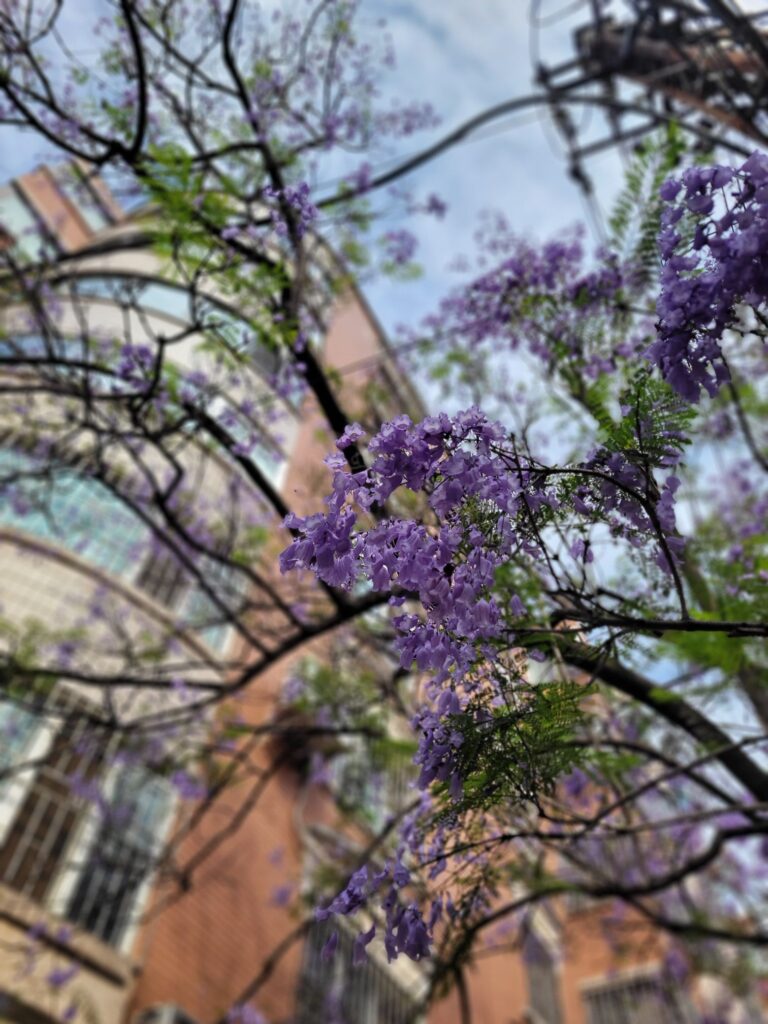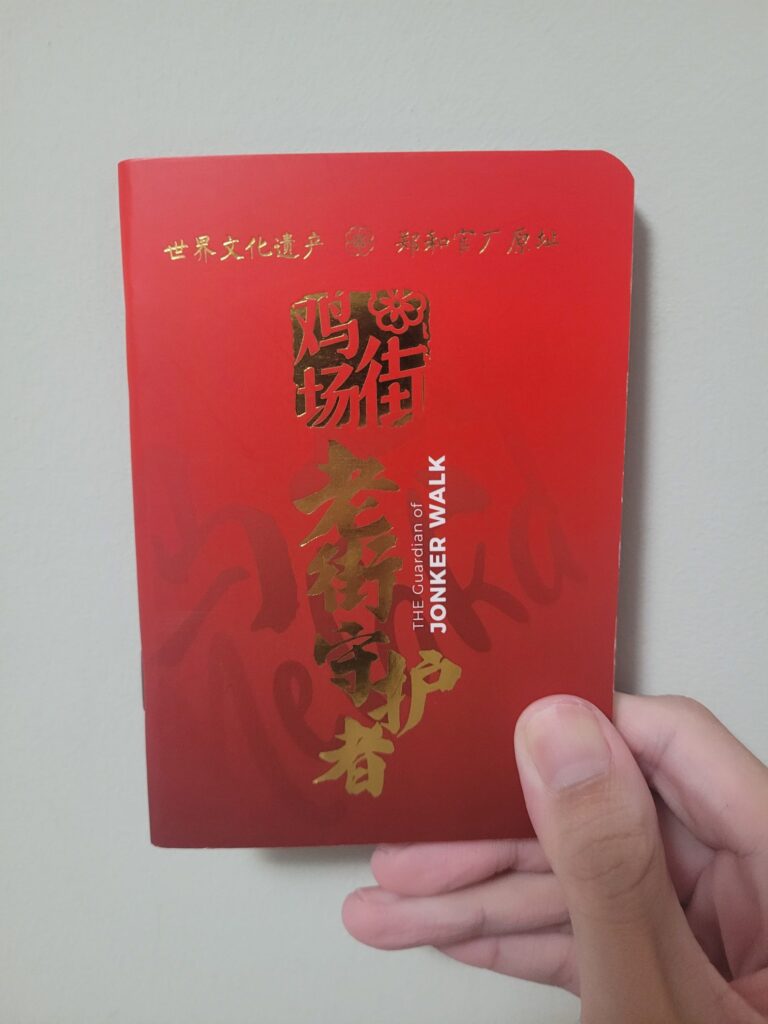How to Visit a Museum: Smart Tips for Every Type of Visitor (Without Getting Overwhelmed)
Ever walked into a museum and felt instantly overwhelmed, or worse, bored? You’re not alone. Most people fall into two camps regarding museums – either you love them (and spend a ton of time there) or hate them (it won’t even be in your itinerary).
For many, the initial reaction to stepping into a museum is a sense of awe, but before you know it, a dread of “museum fatigue” starts taking over. This feeling of mental and physical tiredness is real. It often comes from being lost, not knowing where to begin and later trying to see too much.
I love museums but I’m one who just tries to see the highlights and aim to get out within 3-4 hours – you can’t and won’t and shouldn’t be able to see everything. This guide will help you plan and enjoy your visit, no matter your interest level or whether you’re traveling solo, visiting with friends, or tagging along on a trip. You don’t have to be an art expert or history buff to enjoy a museum. You just need the right approach.
Pick your Character: What Kind of Museum-Goer Are You?
Before you step into a museum, think about your style. Knowing your museum personality helps you plan a visit that works for you. Here are a few common types:
The “Museum Lover”
- Who you are: You enjoy taking your time. You read the plaques, study the brushstrokes, and think about context and wonder what is the artist trying to convey.
- Your strategy: Choose just one or two galleries. Give yourself time to slow down and sit when needed. Spend the whole day there if you plan for it.
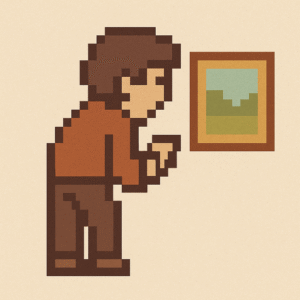

The “Instagram Tourist”
- Who you are: You’re looking for beauty and photo spots. A white wall or abstract installations can do wonders for your visit.
- Your strategy: Look for rooms with strong lighting, bold colors, or striking sculptures. Make sure you check the photo rules first
The “Reluctant Companion”
- Who you are: You might be visiting because a friend or family member wanted to go. Your main goal might be to get through the visit without feeling too bored.
- Your strategy: Find one small thing that interests you. It could be a single exhibit, a comfy bench with a nice view, or even the museum cafe. Suggesting a short, focused visit can also work well. Discuss with your partner as to what are the limits of this visit.
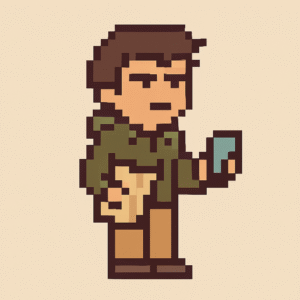

The “Highlight Hunter”
- Who you are: You want to see the famous pieces. Your visit might feel like a checklist of iconic items like the Mona Lisa or the Rosetta Stone.
- Your strategy: Research the museum’s “must-see” items beforehand. Plan a route to see these key pieces. Accept that you will not see everything, and that is okay.
The “Niche Navigator”
- Who you are: You have specific interests. You might love ancient history but feel less excited by modern art, or vice versa.
- Your strategy: Use your passion to guide you. Look at the museum map before you go or when you arrive. Head straight for the sections that match your interests. Feel free to skip others.
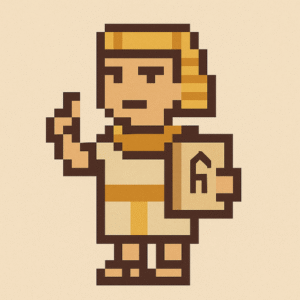
Before You Go: Essential Museum Prep for a Flawless Visit
A little preparation makes a big difference, as with everything. Good planning helps you avoid feeling overwhelmed. It also helps you maximize your time there and avoid feeling like you spent your time searching for things.
Research and Define Your Visit Mission
- Visit the museum’s website. Check opening hours, current exhibitions, and ticket prices. Look for a floor plan.
- If it is your first or only visit, focus on the permanent collections. Special exhibits are often great for locals who can visit many times (and they often charge extra).
- Download the museum’s app if one is available. These often have list the highlights, have maps and self-guided tours.
- Buy tickets online if you can, which allows for saving time waiting in line.
Pack Like a Pro: Essential Items List:
- Comfortable shoes: This is the most important item. You will do a lot of walking. People often underestimate how much you can end up walking given that it is largely indoors
- Light snack: A small snack can fight off gallery fatigue. Check the museum’s food and drink rules. Eat only in allowed areas.
- Earphones: Useful for audio tours on your phone or a museum device.
- Additional layers: Museums can be cool inside. A light sweater or jacket helps you prepare for that.
- Small bag or backpack: To carry your items. Some museums ask you to wear backpacks on your front in crowded areas. Check bags or coats if it makes you more comfortable (or if it is required by the museum).
Time it Right
- Beating the crowds and the lines can make a world of difference to your visit, and can be the difference between peacefully viewing your exhibits or squeezing through the crowd.
- A good time to arrive is often 30 minutes after the museum opens. This can help you miss the first rush of people.
- Try to avoid very busy times. Weekends, or days with bad weather, can be extra crowded.
- Look for extended visiting hours on certain days if you tend to want to find more things to do at night.
Navigating the Halls: Smart Strategies to Maximize Your Museum Experience
Once inside, how you move around and look at things matters. Active engagement is key, if not you will end up zoning out.
The First 30 Minutes: Orient & Strategize
- When you arrive, get a paper map or open the museum’s app.
- Consider a taking a breather and plan your strategy. Sit in the lobby or a cafe. Look at the map. Decide which sections you will and will not visit. This helps focus your energy.
The Art of Active Looking: Engage Your Brain (and Senses!)
- Museums are not just for passive viewing (and snapping photos). Think about what you see and how it makes you feel.
- Ways to Engage Actively:
- Join a tour: Some museums offer free tours. They provide context and stories and make your visit more meaningful. Consider hiring a external guide as well (but make sure you pick the right one)
- Use audio tours: If you are not the sort to be limited by others or like to do things at your own pace. Many museums offer them, sometimes through their app.
- Play games (especially with companions): Try “Buy, Burn, or Steal.” (or an NSFW version – F/M/K) For each piece, decide if you would buy it, burn it (if you had to), or steal it (if you could). Explain your choices.
- Read captions selectively: You do not need to read every wall label. Read them for pieces that truly spark your interest.
- It is okay to be bored: You do not have to appreciate every piece. Allow yourself to move on from things that do not interest you.
- Find something to like: Try to find a highlight in each room
- If you find something interesting: Take a picture or take notes. You can often find more information online later.
Beat Museum Fatigue:
- Your body and mind need breaks. Take regular short breaks: Plan to rest every hour or so.
- Use benches to sit. Spend 5-10 minutes looking closely at just one artwork, resting your legs at the same time. Let your mind wander.
- Visit the museum cafe for a drink or snack. This is a good way to recharge.
- Use a time limit – I like 3 hours, some people do 90 minutes.
- Listen to your body. If you feel tired or overwhelmed, it is okay to finish your visit and go home. The museum will still be there. You can always plan another trip.
Museum Manners Matter: Essential Etiquette Tips
- Respect the space and the objects for everyone’s enjoyment. Don’t be the one who causes trouble and ruins it for everyone.
- Follow basic museum rules:
- Photography: Most museums allow photos, but usually without flash. Always check the rules. Don’t be the tourist that sneaks photos – honestly what is the point of that
- Volume: Speak quietly.
- Do not touch: Duh.
- Food and Drink: Only eat and drink in designated areas like cafes or if stated otherwise.
- Backpacks: Be mindful of your backpack. In crowded areas, some museums ask you to wear it on your front to avoid accidentally hitting exhibits.
Large Institutions vs. Charming Small Galleries
I want to talk about this because museums are not the same, they come in all shape and sizes. Your approach might change depending on the scale.
- Tackling the Titans: Tips for Large Museums (e.g., The Met, Louvre, British Museum)
- Accept you cannot see it all: This is the most important mindset for large museums. Trying to see everything leads to burnout.
- Focus is key: Stick to your pre-selected 3-5 areas or your chosen theme.
- Plan more frequent breaks: Large museums require more walking and more mental energy.
- Your map is your lifeline: Use it to navigate efficiently. It helps you find your chosen galleries and avoid getting lost in endless halls.
- Consider guided tours for specific sections if the museum offers them. This can provide focus and expert insight.
- The Joy of the Niche: Exploring Small & Boutique Museums
- Smaller museums offer a different kind of experience.
- Manageable scope: You can often see most of what is on display without feeling rushed or exhausted.
- Opportunity for a deeper dive: With fewer exhibits, you can spend more time with each one.
- Unique charm: Small museums often have a distinct personality. They might focus on local history, a specific artist, or a quirky collection.
- They are great for shorter visits or when you want a focused, less overwhelming cultural experience.

Conclusion
A great museum visit is not about how many objects you see. It is about the things you learn, and the sense of wonder when you discover something new. You don’t need to “get it.” Some art is strange. Some exhibits are hard to follow. That’s okay.
With a little planning and the right mindset, you can transform your museum experiences. You can move from feeling tired and overwhelmed to feeling inspired and engaged.
Now you have new tools and ideas. Use them to explore the amazing worlds inside museums. If you already love museums before this, use these to further enhance your experience. If you are a museum hater, maybe you it will be less painful for you from now.
What is your favorite museum memory? Or do you have a go-to tip for visiting museums? Share your thoughts in the comments below!
Click this link for more essential travel hacks and tips!
Check out this Reddit discussion where visitors share their advice on how to make museum visits more enjoyable.


